
mermaidfrenzy
Marine biologist/Ocean lover
47 posts
Latest Posts by mermaidfrenzy

the feminine urge to neglect all my responsibilities fail out of grad school and draw uncountably many nudibranchs
(watercolour wip)
NEW FISH JUST DROPPED



Zebra sharks got their name from the stripes they have as pups which become spots when they become adults.
Sharks are older than trees
Sharks have been munching their way through the oceans since way before the dinosaurs started munching their way across the land. when sharks first burst into the evolutionary ladder even trees had not begun to grow.
Between 485.4 and 443.8 million years ago was a time known as the Ordovician period. This was the era when sea life began to really take off, fish began to evolve in to an abundance of different species and plant began to creep their way onto the land. It is believed that towards the end of this era is when the first shark, or shark like, species began to form. The evidence for this comes in the form of a small amount of fossilised "shark like" scales that have been dated to around 450 million years old.
The next piece of early shark evidence comes in the form of the oldest shark like teeth ever found dating back to around 410 million years ago at the begin of the Devonian era. they belonged to what research describe as the least shark like shark and called Doliodus problematicus. Doliodus problematicus had a diamond shaped body and likely didn't look very shark like at all but it did have shark like teeth and a shark like skull.
Shortly after this around 390 million years ago is when the first trees started to emerge about 60 million years after the estimated date of the first shark scales. They are similar to conifers and are estimated to grow up to 50 meters tall, creating large forests in the carbon rich atmosphere of the time.
So there you have it the first sharks (or shark like creatures) could have been swimming in our seas almost 60 million years before the first forests began to grown on land. I hope you enjoyed reading and thanks for staying till the end.
HI idk if any of these r repeats (sorry if they are😖😖) but id love 2 see facts abt panther groupers!! gars are also rlly fun imo any kind and i also love sturgeons..... if u have any fun facts abt the differences between types of sturgeons i would rlly love 2 hear !!!! sorry again if this isnt the kind of stuff u wanted 2 hear omg . love ur blog keep it up💕💕💕💕💕‼️
Thank you for your kind words friend! Of course I'm happy to provide! :DD I do repeats all the time so it's completely fine, and even then I have not done panther groupers yet! So...
Daily fish fact #570
Panther grouper!

Juvenile panther groupers are pure white with black spots, but as they age they gain splotches of beige and grey! They're also called humpback groupers because of their distinct hunched form.
And there you have it! I shall do gars and perhaps a sturgeon next! Differences between sturgeon species, I'm not so sure about... they all vary from each other in different ways, like distribution, body shape, colouration, snout length and shape, and so on! My good buddy @sturgeonposting has several informational posts about sturgeons, so be sure to check them out if you want to see many facts!
Call me sessile because I'm attached to one place (you)
benthic rizz
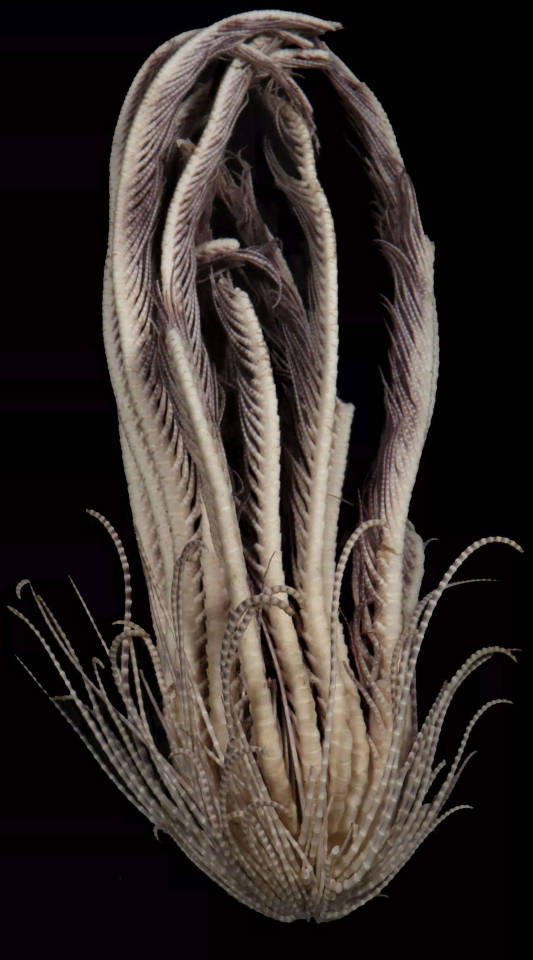
Antarctic strawberry feather star (Promachocrinus fragarius), Alien-Like Antarctic Feather Star With 20 Legs Joins Four New-To-Science Species

Daily Cephalopod #73
Daily fish fact #565
White croaker!

They’re named after the croaking sound they can make via repeatedly rasping a muscle against their swim bladder! And also they’re pretty silvery and light-coloured on their stomach.

I made the t-shirt design I wanted, so it's on Redbubble if anyone else want it too or whatever
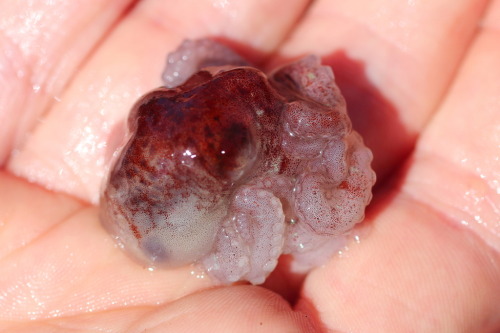
Daily Cephalopod #57

Daily Cephalopod #58



Daily Jellyfish: Day 3
Atolla Jellyfish
Fun Facts
This species of Jellyfish uses bioluminescent defense technique in which it launch several bright flashes as its being attacked in hopes to attract a larger predator interested in its attacker more then itself.
For the previously said reason, this jellyfish has earned the title of the alarm Jellyfish.
They are considered deep sea creatures, living between 1000m to 4000m in depth around the globe.



Daily Jellyfish: Day 4
Cauliflower Jellyfish
Fun Facts
Cauliflower Jellyfish are considered one of the most venomous in the medusa genus although it isn’t harmful against humans
They are considered a culinary delicacy and used for medical purposes in China and Japan
Their lifespan is 3-6 months

Daily fish fact #550
Oarfish!
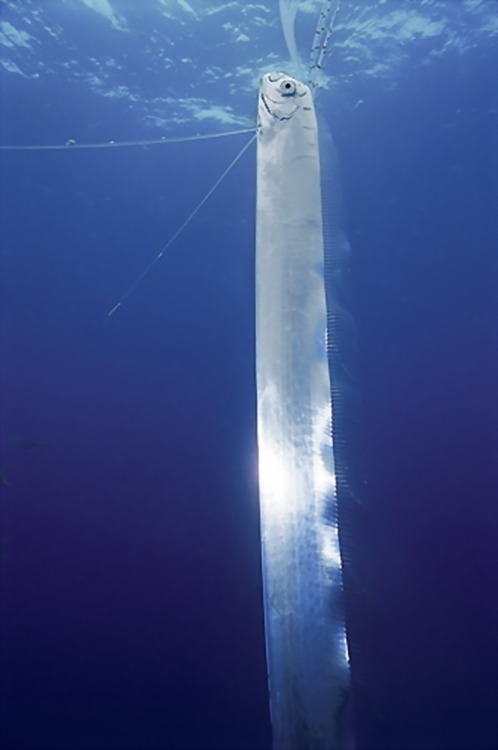
They tend to swim by undulating their very long dorsal fin and keeping the rest of their body still.
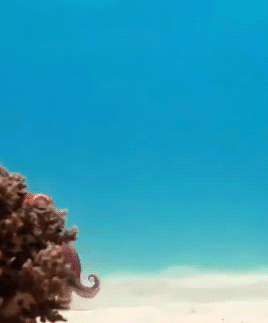
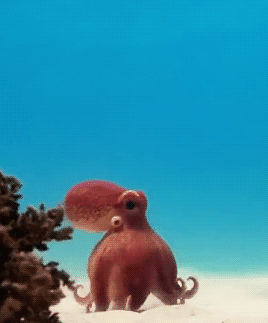
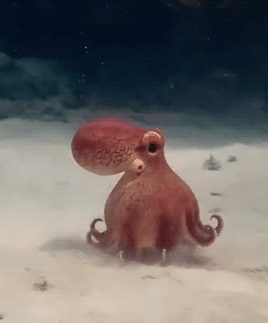

Cutie-pie of the sea (x)
*Update: this is not a real octopus but a spy bot for research. In a BBC vid(here), the spy bot helps an octopus to protect itself from sharks.
hello 🐙
So true bestie what did you say btw i was dissociating

This is a metal snail (Volcano Snail) that lives on underwater volcano vents in the Indian Ocean. Its shell and scaly feet both are armoured with layers of iron, making it the only animal to incorporate iron sulfide into its skeleton 🐌
📷: Dr Chong Chen/IUCN




Wake up babe new fish dropped

Daily fish fact #478
Great white shark!

They take part in behaviour known as spyhopping, in which a great white will peek its head above water to view its surroundings! Oh, and speaking of viewing, great white sharks have a blue iris, which is very cool indeed!
the deep sea creatures when a scientist shows up with a flashlight outta no where

Is it known what baby coelacanths look like??
Yes! An expedition filmed one in Manado Bay, North Sulawesi, Indonesia in 2009!

"It was measured by a laser beam from the R.O.V. to be 31.5cm. The fish was positioning itself in a small cave."
The Sea Creature of the Day is the Basking Shark!!!

honestly these guys... ive seen so many people say that they're afraid of them and that's completely understandable but they're just the silliest lil guys to me and i love them so much. they only feed on much smaller creatures and are entirely harmless to humans- in fact, they've been known to circle around boats but entirely avoid divers! i've always liked to imagine that they just like saying hi 🥰
even though they're massive and slightly scary looking, these guys have never been documented to directly hurt a human and are just friendly lil guys who want to eat all of the plankton they can find, and i love that for them 💜
Today is Wet Beast Wednesday!
Today’s wet beast is: Man-of-war Fish

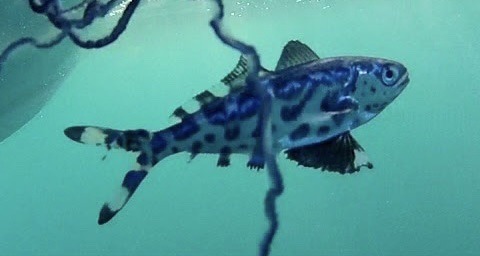
Olive’s wet beast fact: this little fishy has evolved to live within the extremely dangerous tentacles of the Portuguese Man O’ War. It is here that the fish feasts upon their gonads. Happy Pride.
Stay tuned for more Wet Beast Wednesdays!

Vessel sound is temporarily causing hearing loss in squids
Globally, anthropogenic sounds have become louder and more persistent, however, little is known about how invertebrates detect and respond to human-made sound. Now, new research shown noise associated with boats causes causes temporal hearing loss in squids across different stages of their life cycle.
The hummingbird bobtail squid (Euprymna berryi) has a short lifespan of at least 6 months, which make them a convenient animal for lab studies. Hearing and behavioural observations were made by researchers before, during and after 15 minutes of vessel sound playback, to test how these squids react to noise pollution, and noted that these squids decrease their hearing sensitivity after exposure to noise, and particularly noise affected juveniles. Juvenile squids experienced an important hearing loss sensitivity after noise exposure between 400 and 800 Hz, while adult and mature squids decreased their sensibility after 200 to 600 Hz exposure, showing more resistence. All squids recovered auditory sensitivity within two hours.
Researchers aim the inclusion of cephalopods within management and policy, because anthropogenic activities and associated sound levels in the ocean are increasing, while the role sound plays in cephalopod life history is only just beginning to be understood.
Photo by Pascal Girard
Reference () Putland et al. 2023. Vessel sound causes hearing loss for hummingbird bobtail squid (Euprymna berryi). Frontiers in Marine Science

Bristled Sponge Crab, Austrodromidia octodentata, family Dromiidae, South Australia
Photograph by Steve Johns